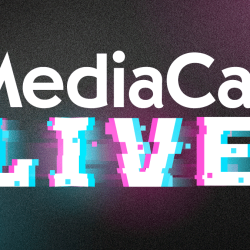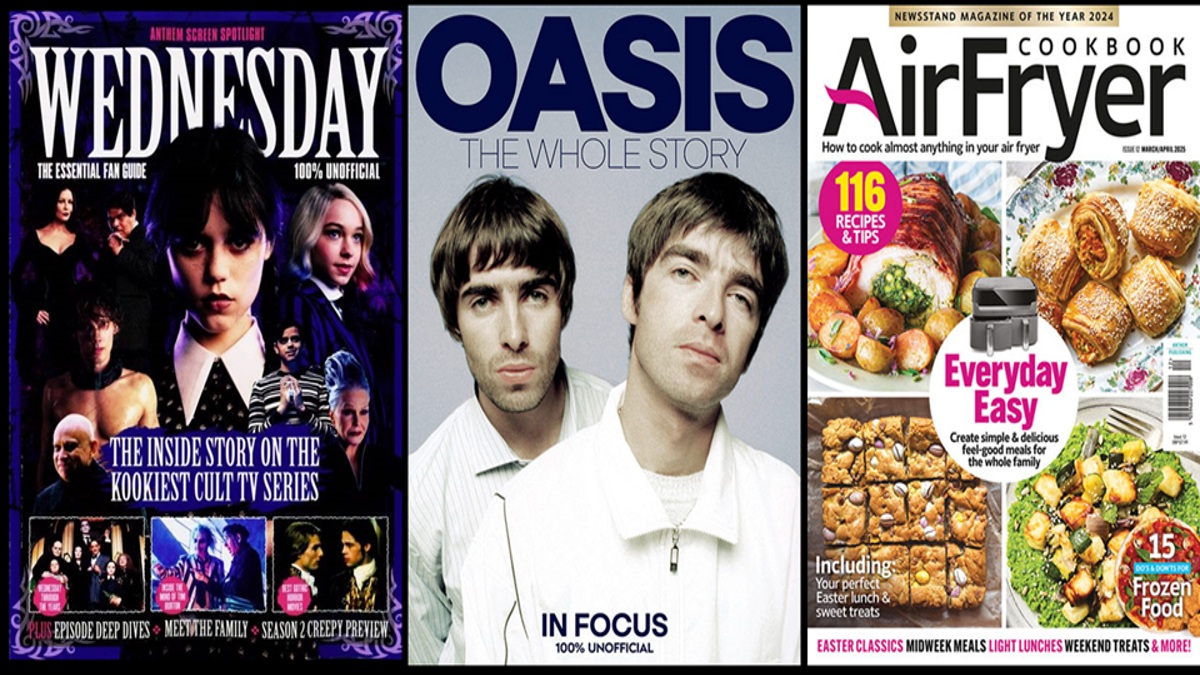In the past week or so, two people have told me unprompted that ‘creativity is the new targeting’.
I dismissed it the first time. I’d seen Meta use the slogan in an advertorial for its AI ad products, and I didn’t want to look like a rube by giving editorial space to a message that a platform is paying* to put in front of brands and agencies.
After the second time, however, I started asking around, and it turns out that this mantra is fast becoming accepted practice within the industry.
The gist of it is that online platforms have become so sophisticated at serving users relevant content that advertisers don’t need to stipulate which audiences they want to target; they just need to design ads that appeal to certain types of people, and then trust the algorithms to find them.
It didn’t originate with Meta, of course. It was TikTok’s interest graph that first demonstrated the potency of an algorithm that shows people content based on what they like, rather than who they like. Now, almost every major platform’s got one, and the copycats keep coming.
But not every platform with a TikTok-style algorithm is sophisticated enough to find a brand’s audience without targeting. The people I spoke to mentioned TikTok, Meta and YouTube, and also Google and Amazon outside of social media. (LinkedIn is a bit of an anomaly because the personal data users give the platform — job title, experience, etc — is valuable for B2B marketing and safe from the various privacy laws and protocols, so it still makes sense to target people granularly there, even if you have to shell out for the privilege.)
Not every kind of brand should let their creative do the targeting, either. If a company can’t afford to spend significant amounts of money on advertising on a regular basis, it’s unlikely to ever reach a broad enough audience to feel the benefit of it.
But when this approach works, it really works. ‘And the more pointedly the creative speaks to a specific group, the more its delivery skews towards that group,’ says Aengus Boyle, a senior director at VaynerMedia London. ‘To the point that we’ve seen things with no targeting delivering pretty much entirely to a specific age demographic.’
Even when the algorithms don’t work as intended and deliver the message to an unexpected audience, ‘there can be really interesting insights that come from that,’ adds Boyle.
You could almost imagine a future in which brands don’t need to think about targeting at all for this kind of work — but not quite.
One reason, says Carat UK’s chief strategy officer, Matt Willifer, is that the platforms are black holes for data, and if clients don’t have the audience information to know why a campaign has succeeded, it’s not really their success to replicate. Then there’s all the optimising to do after the campaign’s gone live.
Within these environments, audience targeting is an even more vital part of the creative process, too. In some cases, that means pointing out to creative agencies what kinds of content people choose to interact with on the platforms. In others, it’s creating broad interest groups that are relevant to the brand out of subcultures and trends.
It’s more diffuse work, not less, says Callum McCahon, Born Social’s executive strategy director. ‘Rather than relying on one big unifying insight about the audience,’ he says, ‘you need tons of micro insights**, and you need to do a lot of testing and learning.’
To get it right, media and creative agencies must work hand in glove, but that’s exciting, says Willifer, and logical. When people are getting brand messages from influencers, widgets and experiences, the distinction between media and creative is largely an artificial one, anyway.
So far, so good, then. The only thing that I’m not sure about is how much ‘creativity is the new targeting’ relies on everyone treating impressions as more or less fungible.
Professor Felipe Thomaz, from Oxford’s Saïd Business School, has been arguing for a few years that not all reach is equal, and now he’s working with Wavemaker to find out why, by analysing over a million purchase journeys across various markets and categories.
Thomaz and Wavemaker’s paper is supposed to be published later this year. If it shows how an impression on one platform has a different effect on someone than an impression somewhere else, and it’s compelling enough to overcome industry inertia, then attitudes to targeting may shift again — and quite sharply.
As Thomaz said on a podcast released on Tuesday, ‘There’s been an over simplification of the media planning and buying process […] Media planners have known this forever.’
Main image by Maria Teneva on Unsplash
* For the avoidance of all doubt, Meta has never paid MediaCat UK to promote the idea that creativity is the new targeting. We’d probably be the ideal place to put an advertorial campaign like that…but whatever.
** Is this more evidence that the future of brand building is ‘lots of littles’?





















